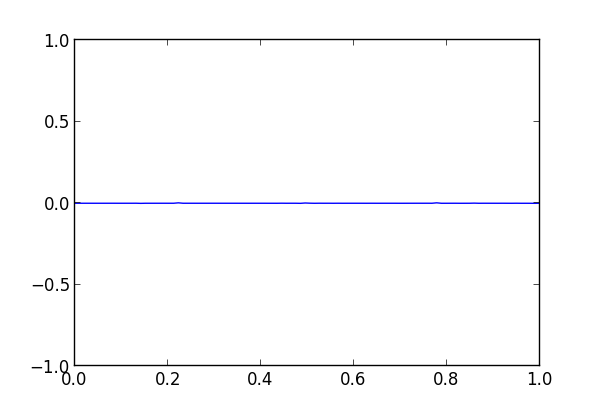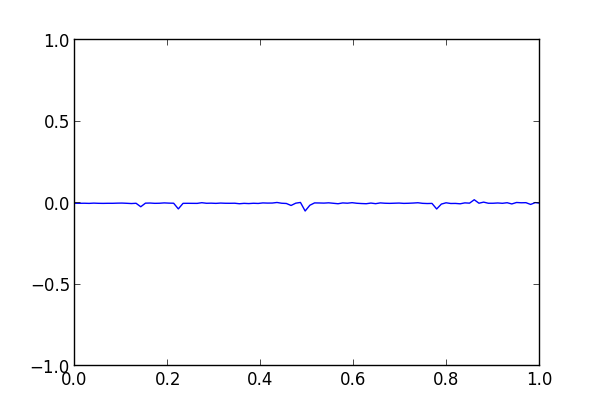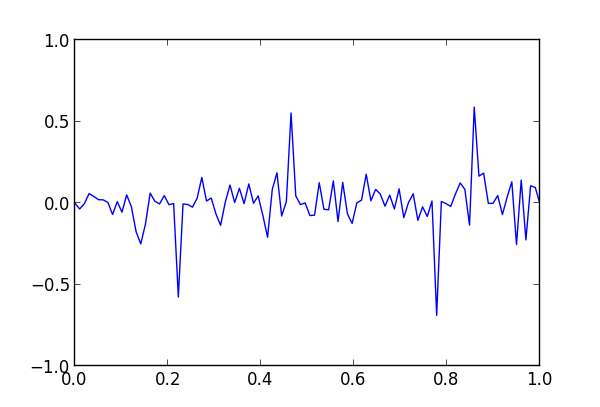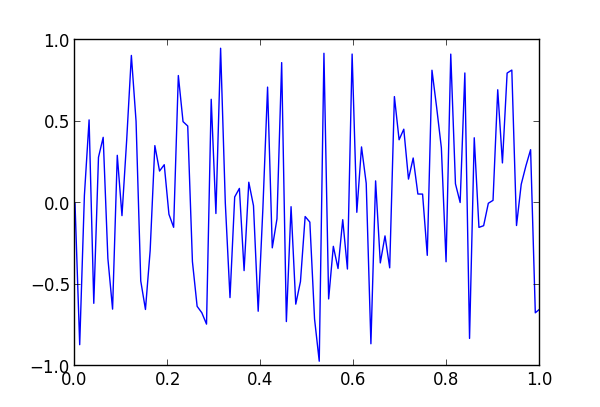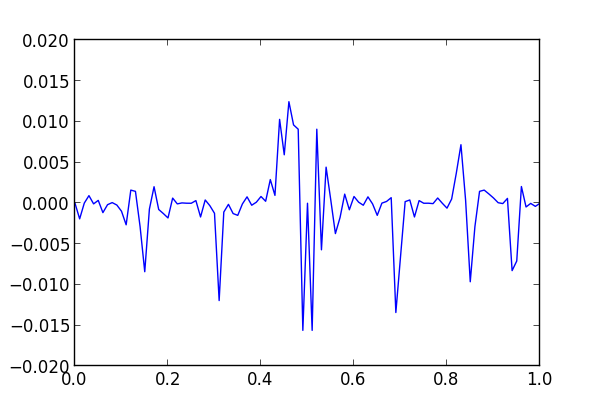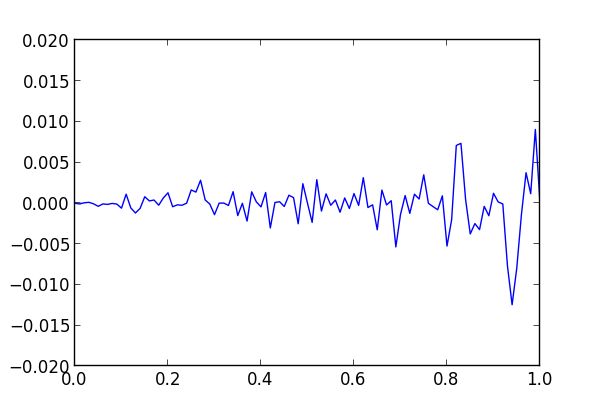Suppose you want to know when your great-grandmother was born. You can’t find the year recorded anywhere. But you did discover an undated letter from her father that mentions her birth and one curious detail: the 13-year and 17-year cicadas were swarming.
You do a little research and find that the 13-year cicadas are supposed to come out next year, and that the 17-year cicadas came out last year. When was your great-grandmother born?
Since 13 and 17 are relatively prime, the 13-year and 17-year cicadas will synchronize their schedules every 13 × 17 = 221 years. Suppose your great-grandmother was born n years ago. The remainder when n is divided by 13 must be 12, and the remainder when n is divided by 17 must be 1. We have to solve the pair of congruences n = 12 mod 13 and n = 1 mod 17. The Chinese Remainder Theorem says that this pair of congruences has a solution, and the proof of the theorem suggests an algorithm for computing the solution.
The Python library SymPy has a function for solving linear congruences.
>>> from sympy.ntheory.modular import solve_congruence
>>> solve_congruence( (12, 13), (1, 17) )
(103, 221)
This says we’re 103 years into the joint cycle of the 13-year and 17-year cicadas. So your great-grandmother was born 103 years ago. (The solution 324 = 103 + 221 is also mathematically possible, but not biologically possible.)
You can use the same SymPy function to solve systems of more congruences. For example, when is the next year in which there will be summer Olympic games and the 13-year and 17-year cicadas will swarm? Here are a couple ways to approach this. First, you could find the last time this happened, then find when it will happen next. You’d need to solve n = 1 mod 4 (since we had summer Olympics last year) and n = 12 mod 13 and n = 1 mod 17.
>>> solve_congruence( (1, 4), (12, 13), (1, 17) )
(545, 884)
So the cicadas and the summer Olympics were in sync 545 years ago. (Well, they would have been if the modern Olympics had existed in the middle ages.) This says they’ll be in sync again in 885 − 545 = 339 years.
Here’s a more direct approach. We want to know when the summer Olympics will be 3 years ahead of where they are now in the cycle, when the 13-year cicadas will be 1 year ahead, and the 17-year cicadas will be 16 years ahead.
>>> solve_congruence( (3, 4), (1, 13), (16, 17) )
(339, 884)
By the way, you can use negative integers with the congruences, so you could have used (−1, 17) to say the 17-year cicadas will be 1 year back instead of 16 years ahead in their cycle.
Related: Applied number theory


